Product Review: Tekoa 3-12x50 Riflescope from Tract Optics
Note: this review is lengthy so there is a summary at the end.
Online offers the possibility of presenting an appraisal of a product in far greater detail than is usual in a printed magazine format. Magazine scope reviews where the published specifications are just regurgitated without any of the reviewer’s own investigative results are a dislike of mine. Normally the assessment concludes with the reviewer heading to the range to “shoot a square” to show how repeatable and accurate the turrets are. What ends up being demonstrated is only how well the rifle/ammo/shooter combination shot on the day, and the answer always seems to be: – not well enough to demonstrate anything worthwhile about the scope that would give confidence in making a first shot hit at 850m.
I’ll try to verify the published specs by measurement, provided this doesn’t risk damaging the scope, since it is was borrowed for this review from another NZHS forum member. On the subjective aspects I can be completely unbiased. No need then to damn with faint praise if any aspect of the performance seems to be rubbish (as the magazine reviewers feel the need to do lest they not be loaned any further product). In fact I’m going to go out of my way to try to find fault. Remember though that this will only be my opinion. As with my previous review of the Leica 2.4-16x56, where in retrospect I was far too soft on a product that had real issues, I’ll tend to concentrate a bit more on aspects that are important to me. Feel free to post requests for any details that I’ve consequently glossed over, and I’ll try and follow up on these.
Being able to occasionally make comparisons rather than reviewing a product in isolation can be helpful. I had two other scopes on hand: a Leupold VX3i 4.5-14x40 CDS (fixed focus model 170682) and an older Nightforce NXS 5.5-22x56. While unfortunately not direct competitors, they do provide something of established performance benchmarks that many forum members will be familiar with.
I’ve also had a few other people with an interest in the scope around to have a look over and through it themselves, so I’ll make reference in places to their comments.
Pennsylvania-based Tract Optics differs from most of the pack in offering scopes and binoculars directly to hunters. The expectation here then is better value for money. A recent check on the website came up with a closeout sale on several models. Good friend and long-time hunting partner 2post needed little persuasion to order one in, and it was arranged that I would borrow it for this review. While @Tahr and @Brian have commented in previous threads on their top-of-the-range Toric scopes, I gather @sneeze has this exact same model.
https://www.tractoptics.com/products/riflescopes
The Tekoa range is Tract’s second tier of products. Although this particular model is being discontinued, the review here is intended to serve as an appraisal of the Tekoa range of scopes and more generally the sort of product one can expect to receive from Tract. I got the impression that in the process of restructuring their product lines, Tract felt that this particular model – with its 50mm objective – was perhaps in some ways treading too closely on the heels of the Toric.
To kick things off, this is a copy of the published specifications so you can get a feel for what I was looking at (and through).
Reticle Focal Plane: Second
Magnification range: 3-12x
Objective lens diameter: 50mm
Tube diameter: 25.4mm / 1”
Internal adjustment range: Elevation: 50MoA, Windage: 50MoA
Impact point correction: 0.25 MoA
Parallax adjustment: 15yds – ∞
Exit pupil: 3x: 10.5mm
12x: 4.2mm
Diopter range +2/-3
Field of view @ 100m / 100yds 3x: 11.4m / 34.3ft, 12x: 2.8m / 8.5ft
Eye relief: 90mm nominal
Overall length: 352 mm
Objective outside diameter: 58mm
Eyepiece outside diameter: 43mm
Mounting space: 132mm
Weight: 618g / 21.8oz
Waterproof: to 3m, Argon-filled
Available reticles: T-Plex, BDC
Reticle illumination: Not illuminated
Recoil shock endurance: 1000g
Country of Origin: Japan
Here is some additional information on the scope in a list form that can, in the main, be found by poking around on the website:
The main body tube is single piece, low sheen black anodised.
Turrets are on both axes and of the covered variety.
The dials can be reset to zero without tools.
On the Tekoa range, zero-stop dials are a retrofit, not fitted as standard as on the Toric.
Custom drop dials printed to user-supplied data are also available.
Parallax / focus is side operating and lockable.
The reticle is glass etched.
The lens glass is sourced from Schott and multicoated.
The eyepiece is quick-focus.
No scope covers are supplied. Butler Creek flip-open recommended sizes are Size 43 (P/N 30430) on the objective and Size 18 (P/N MO20180) on the eyepiece.
The scope does not come with any paperwork assuming reference to the instructions and specifications will be online. You do get a cloth for wiping the lenses.
The scope is manufactured for Tract by Light Optical Works, Suwa, Nagano.
Tract’s product guarantee is lifetime and transferable.
Price: US$594, closeout sale, discounted to US$394.
UPS Freight inc tax/duties: US$150
So approximately NZ$820 delivered while at the discounted price and at the exchange rate at the time, and would have been NZ$1100 at the original price.
Packaging
The packaging has clearly had some thought go into it for the task of protecting scopes. A double walled cardboard outer is then lined with a double walled insert, the scope suspended in foam end caps. Actually I was really impressed with the packaging – clearly designed with the knowledge that as a direct marketing operation, these boxes are going to be housing products that will ship individually around the world rather than internationally in bulk with just in-country distribution.
Dimensions
Important for figuring out if the scope will fit in a suitable position on a given rifle with specific rings. Typical overall length is 350mm give or take. The all-important mounting length (maximum end-to-end ring spacing) is just over 132mm which is a bit on the short side. In some situations there will be little to no forward/backward adjustment possible and this scope simply won’t fit on some long-action rifles unless a rail is used. The fact that Tract include figures for this in their specifications though shows that they understand their customer’s requirements better than some, and its small things like this that contribute to building up an overall picture of what is behind the product.
The measured unobstructed objective lens diameter was 49.8mm, true to the specified diameter. The ocular lens housing length varies with the dioptric compensation by the amount shown above. Not pictured but measured was the turret cover height at 22mm off the main-tube. The covers are 28mm in diameter. The parallax dial is a similar diameter to the covers for aesthetic balance, and 18.5mm in height off the main-tube.
Weight & Finish
The weight came in very slightly over specification at 625gr / 21¾oz. The scope feels solid for its size and therefore appears, whether correctly or not, that it should be resistant to structural damage. If accustomed to 30mm main-tube scopes, a 50mm objective makes the 1” tube look a bit thin. Let’s hope some of that weight has been put into wall strength.
There is no real point in comparing the weight to the two comparison scopes; the Leupold 4.5-14x40 being possibly the lightest scope in its class, while the NXS may well be the heaviest. I don’t think this scope fits on a truly lightweight rifle. It should be able to make weight on a 9lb open tops rifle with careful choices elsewhere, and this may be where it is most at home.
The surface of the Tekoa is type-III black anodised as per MIL-A-8625, and has the matt appearance common to most scopes these days. Just a quick confirmation that the black colour differentiates the Tekoa from the Toric range that are grey. The screened printing is bright white, so that while the magnification and parallax settings are all easy to read, this does make the larger manufacturer & product names a bit in-your-face for want of a better description. An off-white would have been more elegant, but then maybe less easy to read in some light conditions too... compromises, compromises...
Reticle Focus
The ocular lens is of the fast-focus style with the range of dioptric compensation spread over one-and-one-quarter turns. The eyepiece is gripped via a serrated firm rubber cup that aesthetically matches the other user-rotatable parts, while being intended to go some way towards protecting your eye socket from a recoil event.
No diopter settings or marks are printed on the rear lens housing. Return-to-reference marks were applied by us once the reticle focus was optimised for our eyes and we ended up dialled half a turn back out counter-clockwise from the maximum negative setting.
Magnification Ring and Settings
Although it looks the same as the rubber end cap, the zoom adjustment ring on this scope is all metal, with matching course serrations. There is 180 degrees of rotation from minimum to maximum zoom. As with the diopter setting, the tactile feel on the magnification ring is excellent, a nice balance of ease of adjustment with a resistance level such that it won’t get unintentionally knocked out of position.
I measured the apparent magnification of the scope using the method described on the PrecisionRifleBlog whereby a photograph is taken of two objects of known size at the same distance, one seen through the scope and the second viewed directly. Comparison of the sizes in the resulting image by counting pixels gives the apparent magnification. Using this method I found that the bottom end was a bit on the low side at 2.65x and similarly the top end worked out at 10.8x. This does show that the zoom factor was just over four times as specified. You’ll be aware that the apparent magnification also varies somewhat with the diopter setting and this could be where a portion of the error lies.
Given that the reticle is in the second focal plane, I went looking for a shift in point-of-aim across the magnification range. Within my ability to detect this, the PoA remained unchanged.
Eye Relief
Eye relief was measured from photographs taken side-on while looking through the scope and is given as a range between the distances where it was felt that the image began to close in. At 12x this range was 75mm to 105mm. At 3x the range was a little under 75mm to 120mm, though less precise at the longer distance as the crisp image edge is lost once past 115mm. There was no tunneling when hard down on the 3x setting. The specified 90mm nominal eye relief is then a fair representation of what was found. The complete overlap in eye relief between the magnification extremes should be noted, as should the 30mm range when at full magnification. This would make moving between shooting prone and off the bench that much easier. Constant eye relief across the zoom range is a scope characteristic that can be overlooked until faced with a bad design; for example it is often cited as a reason for VX3 scopes being swapped out.
The exit pupil was 10.5mm at the bottom end. As this is less than the traditional formula predicts given the 50mm objective, some internal anti-glare baffling is perhaps indicated. It changes continuously in size throughout the zoom range. The top end exit pupil at 4.5mm seemed slightly larger than expected for 12x (4.2mm is specified) but this figure tallies with the lower apparent magnification finding reported earlier. There was a fair amount of lateral flexibility in eye position as a result.
Overall then this scope is very easy to get behind, and will allow for fast target acquisition. Note though that the latitude in eye position while still keeping a full sized sight picture should not be confused with the quality of the image off-axis. I’ll cover this off under optical quality later on.
Field of View
At a 3x setting the Field of View measured to be 11.1m wide at 100m distance (11.4m specified), and at 12x measured as 2.75m at 100m (2.8m specified). The size of field is very similar to competitors’ products with the same sized objective and magnification range such as the Conquest DL, Swarovski Z4i, Meopta, or Leica ERi.
Parallax / Focus Adjustment
The side focus/parallax adjustment also has a quality feel. There are 270 degrees of rotation. A nice feature is that this setting is lockable, the dial pulls out a couple of millimetres to allow for focusing adjustment and then presses back in to lock. The previous photos shows the two positions, the ring of locking splines visible on the right. The dial is labelled in yards: 10, 15, 20, 25, 30, 40, 50, 75, 100, 300, and infinity. Having so many distance markings requires a commitment by Tract to then ensure that the focus is calibrated to match. Scopes that can’t tend to have a blank or sparsely populated dial. The calibration will to some extent also be a function of the dioptric correction setting.
At 3x magnification the focus is very forgiving; it could pretty much be set mid-range and left. At 12x it is quite the reverse; a bit like a camera set to its smallest f-stop. And the calibration? Absolutely smack on right across the range. In combination with its narrow depth-of-field this scope could just about replace your rangefinder! Some will find the lack of depth of field annoying. This will depend on how much your shooting requires moving between targets at different distances. Critically then, does optimum focus coincide with zero parallax across the whole range of adjustment? As close to perfectly as my ability to assess this! Having to compromise the perfect focus of the image and/or reticle to achieve null parallax is a performance failing in many scopes, but not this one.
I like having a parallax/focus control so for me it is a big plus having this feature on a 3-12 power scope and at this price level. My old eyes have difficulty with fixed-focus scopes. I couldn’t for example get a crisp image out of the Leupold 4.5-14x40 for distances under 75 metres on a 12x setting.
Reticle
Two reticles are available in each product range; a modified duplex design that Tract calls the T-Plex and is available in all models, and ballistic drop compensator (BDC) variants that have been tweaked for intended purpose specific to each product range. The design and function of each variant are described on the Tract website in a series of mini-tutorial videos. The scope here has the T-Plex reticle, and since my preference is for a plain duplex-style reticle in a dialling scope, this suited me fine. The Tract T-plex design looks like this:
Below are the reticle sub-tensions supplied to me by Tract. These are at the maximum 12x setting, and for 100 yards. Disregard the measurements in brackets, as these are the actual glass etching dimensions.
The suitability of the thickness of the inner crosshairs (7mm at 100m) will depend on what the scope is going to be used for. My personal preference is for somewhat narrower. On reflection though it is probably a good compromise for aiming at both paper and game in different light conditions, particularly since there is no reticle illumination provided across the Tekoa range. In keeping with this line of thinking it was no surprise to find much the same crosshair thickness when looking through the specifications of equivalent scopes in other brands.
For completeness the sub-tensions were in part also checked inasmuch as the width of the narrow part of the reticle was used to bracket calibrated spacings at distance at the two magnification extremes. I measured 6.2” and 24.8”, though I confess that it is tricky to exactly see where the 60° taper merges with the inner portion of the reticle. Given this I’d say that the sub-tensions are pretty much spot on. This again confirms that the zoom ratio is the full four times, while pointing to the somewhat lower apparent magnification originating in the eyepiece lens group.
Turret Caps
The covers screw on with two full turns of what appears to be a 40TPI (0.6mm) thread. Although I have no reason to question the design I might have preferred to see a couple more turns of engagement here for strength at the cost of a small increase in turret height. A slightly recessed inner flange on the covers seals down on rubber o-rings. While recessing the sealing surface maintains the trim appearance with the covers in place by minimising any visible gap between the covers and the scope body, it does mean potential metal-to-metal contact if the o-rings compress over time. Just a couple of observations worth mentioning, though neither showed themselves to be an issue while I had the scope on loan. Anyway Tract has confirmed to me that the turrets are still waterproof with the covers off so no need to crank these down too hard. The aesthetics of the covers match the eyepiece, zoom ring, and parallax adjustments with chunky serrations for good grip.
Watertightness
Not tested. Since this is 2post’s scope I didn’t submerge it in hot water to see what would happen as the scope heated up, or later when it cooled for the possibility of drawing water in through the seals.
The Dials
The turrets provide 20 minutes-of-angle per turn in quarter-MoA steps. To fit under the covers the dials are, at 24.5mmØ, necessarily smaller in diameter than on scopes with exposed tactical turrets. Despite this they are neatly marked as you can see in the photograph, as are the reference lines on the scope body and the direction of travel arrows on the ends. The dials have slightly scaled-down serrations to nicely match the rest of the scope. In practice the level of grip on the dial for fingers is excellent.
Curiously the tops of the dials are marked with “1click = ¼” at 100 yards”. I have been advised by Tract when I queried this that it was necessary to print this simplification for the domestic US market. Actually they didn’t say that – I made that bit up for my own amusement. What you need to know here is that the turrets are calibrated in genuine minute-of-angle. More on the accuracy of these in a moment.
The turrets do not have a zero stop fitted as standard. Neither do the dials move up and down as they are turned, unlike say on a Nightforce NXS, so for dialing up longer ranges or large wind corrections it will be necessary to keep careful track of which revolution the dials are on.
Tool-less Zeroing
A significant point of difference from the Leupold and Nightforce is tool-less zeroing. This involves unscrewing the knurled ring on the top of each turret to release the dial that can then be lifted off the spindle without an Allen key wrench and realigned for zero. The accompanying photos show the system. The dial is located by 80 splines machined onto the end of the turret spindle – that is the inner set shown below. Given the diameter at this location they do seem incredibly fine, and there must necessarily be some clearance between these and the dial. As supplied the engagement of these splines with the dial is sufficiently close and the resulting play small enough so that the settings could not be misread, i.e. less than half a gradation, and this can be all but removed by tightening the ring down hard onto the dial. Nevertheless while the spindle is steel, the matching serrations on the inside of the dial are alloy, so this is one area to watch for wear over time if the dials are used frequently.
The outer sets of 80 serrations are not used with the standard dials but come into play if high-profile turrets are retrofitted. Since the high-profile turrets are not capped, they need a locking mechanism and the turrets press down onto these splines to lock, lifting up to turn. While on this topic, the turret upgrade incorporates zero stop, bringing the Tekoa up to the same turret spec as the Toric range. As with the Leupold CDS, Nikon XRT, Leica ER etc., adding this style of zero stop will limit the dials to part of one revolution before hitting the back side of the stop – at or close to 18MoA.
Turret Detents
Similarly the detents correctly align the dial to the reference mark - an obvious thing but I’m sure there are plenty of scopes out there where the detents annoyingly line up the dials midpoint between the printed gradations. The mechanisms for the detents are internal to the turret and not visible.
I compared the feel of the click adjustments on the Tekoa firstly to the Leupold that has a reputation for being “mushy”. The impression when turning the dials on the Leupold is that the resistance is almost constant rather than a series of detents. Certainly there are clicking noises every quarter-MoA, but there is a bare minimum of tactile feel that the dial has dropped into position.
The Tract scope is not like this at all. It is much more like the NXS albeit the dials are quite a bit smaller. If the Leupold was a 1, and the Nightforce a 10, then I’d give the Tract Tekoa an 8, although others who tried the Tekoa turrets preferred them over the NXS. Outside of the previously mentioned play in the dial-spindle interface, the feel of the turret detents in my view approach the best that is possible with 80 detents per revolution on a 25mm knob. Very nice. Better still both dials felt the same. Don’t laugh - this certainly isn’t a given.
Turret Precision and Repeatability
So we come to what many might consider critical aspects; does the scope hold zero? Are the turret settings accurate? Are these settings repeatable? The answers are yes, yes, and yes, but there are of course degrees of accuracy and precision so read on…
The elevation turret had 72MoA of total measured adjustment while the windage turret provided 73MoA. This is significantly in excess of the specified 50MoA. So far so good, particularly given a 1” tube. Having measured this, both turret spindles were set to their mid-positions and the dials both reset to zero.
I have to say up front that I’m not a big fan of the concept of 20MoA quick-dial turrets, only because my personal requirements in a scope never require a fast adjustment. Quick-dials necessitate a courser pitch of spindle thread inside the turret with greater demands on the execution of the design to minimise backlash, linearity etc., so I was prepared to find deficiencies in a 20MoA turrets at this price point.
For this assessment the scope was rigidly mounted in a jig that in turn was clamped to a solid BBQ-style table of the standard design found in municipal parks. What I’m trying to describe here is that once the scope had been positioned it very much stayed put. A vertical measuring bar, marked up with gradations spaced at 72.7mm intervals (corresponding to 5.0MoA at 50 metres) was then positioned in the line of sight and aligned with the reticle. I normally use this for 2.5MoA spacings at 100m but the magnification on this scope was insufficient to allow for the precision I required at this distance. With the scope set on 12x the elevation turret was then run through its adjustment range against the calibration lines looking to answer the above questions. I’ve described this set up and measuring method in previous threads on the NZHS forum.
Other sources of error need to be factored in. There was ± 0.25m uncertainty (0.5%) in the 50 metre spacing between the scope and calibrated bar. Additionally the width of the inner crosshairs at ¼ MoA fully obscured the calibration marks, so correct alignment could only be confirmed by moving the reticle one click both above and below each calibration point. Regardless the following conclusions were reached:
– there was ±1/8 MoA of backlash in the elevation adjustment (separate to the previously mentioned clearance at the dial-spindle interface),
– the scope tracked at 100% from the midpoint to full down elevation (36MoA),
– the scope tracked at 101% from the midpoint to full up elevation (36MoA) meaning for example that when 25MoA up was dialled onto the scope the position of the reticle had moved 25¼MoA down the calibration bar, and backing the dial off by one click bought the reticle back into perfect alignment,
– it was felt that there was some small linearity error in places through the range, but small enough to be tricky to put a figure on it.
The scope was then rotated 90 degrees in the test jig so the windage turret could be assessed in the same way, as vertical movement against the calibrated bar:
– there was also ±1/8MoA of backlash in the windage adjustment,
– the scope tracked at 100% from the midpoint out to maximum left windage (36½MoA),
– the scope tracked at 101% from the midpoint to full right windage (36½MoA),
– again it was felt that there was some slight linearity error through the range.
This really is excellent performance and rather unexpected, a near perfect score. To put this in context I’ve only assessed one other scope that measured this well. A 1% error if not accounted for would typically result in a 70mm error in the point-of-impact at 1000 yards. Because the error appeared restricted to one half of the operating range, mounting this particular scope on a canted base would make it possible to mainly avoid any elevation error altogether, depending on how much was required for the distances being shot.
Time and again the scope returned back to the reference zero within the above-mentioned backlash limits. Whether the scope will hold zero under severe recoil or impact was not checked, because the scope was not mine, so the 1000g specification was not confirmed. (I do have a very lightweight accelerometer... so this could have been checked). To be honest though there is an aspect to scopes that cannot be determined in a short timeframe assessment, and the full picture only becomes apparent after a product has been out in the field for several years.
Turret Midpoints aligned with the Mechanical Scope Axis?
Why is this important? Well... it is the 1” main-tube that is used to align the scope with the rifle, and the expectation is that when mounted in suitable rings and bases that you would get to enjoy the full range of elevation and windage adjustment. But if internally the erector assembly and reticle are set up off-axis, and to zero the scope it requires that (this is an extreme example) 20MoA of up elevation needs to be wound on, then when it comes to shoot at distance, this has already been used up and there will only be 15MoA or so of further adjustment out of the expected 35MoA left over for actual dial-up. It is also expected that the best image quality will result from using the centre portion of each lens, and since the objective and ocular lens groups are aligned with the housing, this checks to see if those in the erector tube are too.
It is easy enough to perform. The turrets are left where they are – centred an equal distance from their end travel – and then the scope is physically rotated around its axis using the 1” main-tube as the reference surface while looking to see if the crosshairs remain fixed on a point in the image or instead trace a circular path. If the latter then the turrets can be adjusted to zero out this movement to keep the reticle on a fixed point during rotation, and the dial offset noted.
Again the results were good as it only took 2¾MoA of right windage and 3MoA of up elevation from the mid-travel positions to have the reticle on-axis and stationary. This means on normal (non-canted) bases that the scope will still have 33MoA of up elevation, some of which will be used to achieve zero, beyond which it should be possible in many circumstances to still dial out to 900 yards. Possibly this is where the 50MoA of adjustment in the published specifications comes in once the rifle is zeroed there is certain to still be at least 25MoA of adjustment in any direction. Having the excess range built in guarantees this.
Optics
Factually the lens glass is sourced from Schott, described as HT (one of the high transmission grades), and reflective losses reduced with lens coatings, but the glass is not the same ED (extra low dispersion) system that delivers the performance found in the Toric range.
Subjectively for me the optics proved a bit of a mixed bag.
Low light assessments were performed in the evening as light levels dropped, then at night by moonlight, and also with low levels of artificial light. In these circumstances the Tekoa’s ability to continue to resolve detail was pretty much indistinguishable from that of the Nightforce, any slight difference probably attributable to the objective lens diameters – the low loss glass demonstrating its worth. So good performance there.
In moderate-to-bright light conditions the resolution remained good in the centre portion of the image provided the eye remained exactly on-axis. Viewed from this position the image appeared to become slightly out of focus towards the edges of the image, likely as a result of spherical aberration, as any particular portion of the outer image could be brought back into focus by adjusting eye position. There was also a slight amount of lateral chromatic aberration causing colour fringing in the outer part of the image (and if going out of your way to look at lines of very high contrast this extended into the centre of the image too). To be honest neither of these effects really bothered me much.
My main complaint with scopes - and they all do this to some extent - is around how quickly the quality of the image deteriorates when the eye is moved away from being exactly on-axis, and the Tekoa is particularly sensitive to eye position in this respect, slightly more so with full windage and/or elevation dialled on. I’m not going to speculate on the optical elements within the Tekoa other than to point out that this behaviour was expected as a primary differentiator between the Tekoa range and top-end scopes, and the reason one coughs up the extra money for ED and apochromatic lenses, but the end result is that off-axis the image suffers from chromatic and spherical aberrations.
This effect can be seen when looking at this hillside 2km away.
The enlargement photo on the right is an extreme example I captured to demonstrate the effect.
Moving on then, I thought that the image colour or tint of the Tekoa was neutral, but I know that this is an area where different people see things differently.
The Tekoa deals well with glare; bright light coming in at an acute angle but outside of the field of view. Looking into deep shadow below the horizon at first light and there was some veiling seen as a white overlay impacting the image contrast, but less than seen in the NXS in the same situation. This effect became less and less noticeable as overall light levels increased.
Flaring from bright sources on the edge of field of view was minimal and might be noticeable if sighting on an object almost directly towards the sun, which seems an unwise thing to be attempting. Similarly no ghost images were noted. I’ve never heard of either of these being problematic with scopes as they might be with say cameras.
While it might not be of much consequence in a scope for hunting, there was some barrel distortion when set to low magnification settings. The middle of the image remained flat as long as viewing alignment with the eyepiece was spot on.
Off-axis and any straight lines in the image do start to curve – a typical scope characteristic but quite noticeable here. As expected this is a wide viewing angle effect and the image at the top end of the magnification range was flat.
I feel the need to again comment on the shallow depth of field when the scope was set at 12x magnification. It really is necessary to use the focus for the best image, much like with a pair of binoculars. I didn’t mind doing this regularly – tweaking for absolutely the crispest view – but others may not.
Customer Service & Purchasing
Co-founder Jon LaCorte appears to have taken on the task of being the public face of Tract, and the man never sleeps. All my emails have been answered by him almost immediately with all the information requested, as were 2post’s when he arranged his purchase.
The quality of the all-problems-fixed guarantee is for me an unknown, and of course relies on Tract remaining in a position to address a problem if it occurs. Remember too that without a local distributor, any returns will incur NZ-to-US freighting costs.
There are two ways to purchase Tract products; either off the website or by contacting Jon directly by phone or email. If using the website then UPS door-to-door is the only service offered at present for overseas sales. The cost will be made up of two parts: freight, and an “all duties, taxes, and fees paid” component – a figure that hopefully reflects the value of the item and the duties appropriate for the destination country, but sounds suspiciously like it may have some sort of generic component too. It seems a convenient - but I would propose overly costly - way to have a scope to your place quickly while avoiding any hold-up with NZ Customs.
Contact Tract directly and there are two more options using USPS for either a 3-5 day or 6-10 day delivery. A NZ purchaser will then be responsible for any GST at this end while the cost of freight is back down to what we would typically expect to see for items of this size and weight. Either way Tract are only passing on the cost from the service providers. Domestically they freight free-of-charge.
Summary
So what did I make of this Scope? Mechanically the Tekoa was excellent – and this included the layout of the glass that sets the basic optical parameters such as field-of-view, eye relief, parallax/focus alignment, and so on. Far better than we had any right to expect for the price. The turret performance was standout. I have reason to believe that in the Tekoa you will effectively be receiving a top-of-the-range Toric-level chassis, but without the high profile turrets with lock & zero-stop, and with a slightly reduced zoom range.
The optics fall into the good category. Optics quality is the significant differentiator between this and Tract’s more expensive scopes. Certainly the image is bright with extended low light usability. This appears to be an oft-quoted feature of all Tract scopes, and for a practical hunting scope may well be the most important optical performance criteria. One place where the scope does drop back to performing to price is in the sensitivity to lateral eye positioning in maintaining a crisp image without colour fringing.
Overall then and in my opinion there are features of this scope where the performance would be difficult to better. If all of Tracts scopes are in line with what I found here then Tract are achieving what they set out to do: offer scopes that deliver affordable quality. If you are in the market for a scope with the particular attributes of the 3-12x50 Tekoa then the current clearance pricing is exceptional value for money.
Welcome guest, is this your first visit? Create Account now to join.
Welcome to the NZ Hunting and Shooting Forums.
Search Forums
User Tag List
+ Reply to Thread
Results 1 to 11 of 11
-
30-09-2018, 01:46 PM #1
Product Review: Tekoa 3-12x50 Riflescope from Tract Optics
-
-
30-09-2018, 02:37 PM #2Member

- Join Date
- Dec 2011
- Location
- NI
- Posts
- 11,953
Great review.
I understand that the taller zero-lock turret can be purchased separately for this 'scope.
I'm wrapped with my Tract Toric.
-
30-09-2018, 02:48 PM #3Member

- Join Date
- Nov 2014
- Location
- Tasman
- Posts
- 674
Great review thanks@puffin looking forward to setting up my Tekoa same as this but a BDC reticle
-
30-09-2018, 02:53 PM #4
A very good and in depth review. Yes I have the 40mm version with the the bcd. Iv been using it on my .222 for a few months now and there is little to contradict from your review. Two small things I spoke to Jon about, as you noted the subtension of the center cross I found to heavy for combination hunting/varmint use (though works ok for larger game) and I think it would benefit from a floating dot in line with the other hold over points. And the windage dial was marked 1-20 moa, the same as the elevation .This scope is a pleasure to dial and a dial indicating left /right would be a benefit.
I ordered mine off the web to try the one stop shop option. However they sent it through the wrong system and I dealt with customs. (2 weeks!!!)It was a simple fix with Jon refunding my cost which notably was more than I paid through the web site so while there may be some variation It worked out cheaper for me. If they come up with a reticle that suits my taste a lttle more Ill defiantly try the next level toric
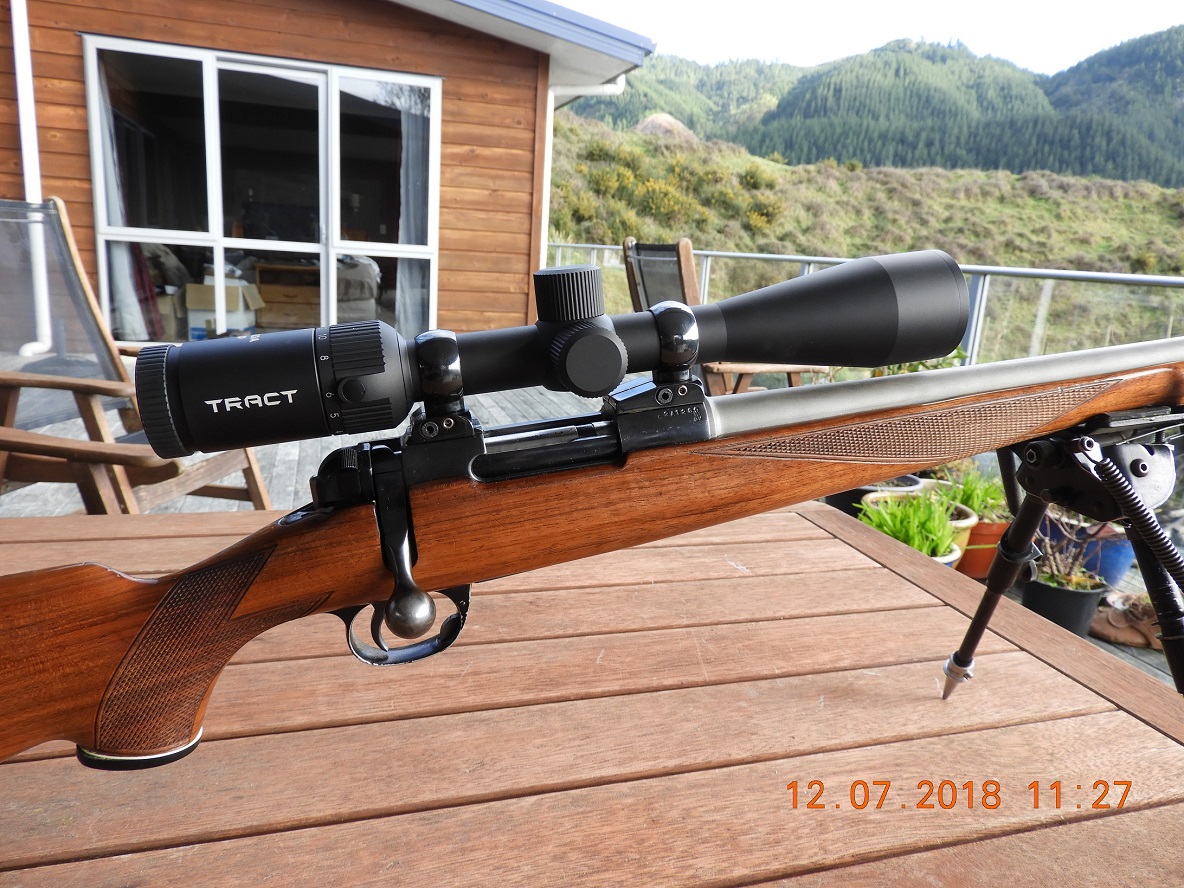 "You'll never find a rainbow if you're looking down" Charlie Chaplin
"You'll never find a rainbow if you're looking down" Charlie Chaplin
-
30-09-2018, 04:52 PM #5
Awesome review, it takes a lot of time to put a thread of this detail together.
I plan to do one for the new Savage A22 semi auto I got 6 weeks back but will use it over summer to give a good over view.
If I can be half as detailed as your review Puffin I will be happy.
I find a lot of guys who have forked out hard worked for money cant give an honest review of a product through being pissed off at a bad purchase or embarrassed for buying something that doesn't perform but cant admit it.
God know's I've brought some lemons over the years and sold some diamonds I should have kept.
Great work mate.
-
30-09-2018, 05:32 PM #6
That's a very good review. I might ad great customer service.
When you email tract you are dealing with the owner.
-
03-10-2018, 06:16 PM #7Member

- Join Date
- May 2018
- Location
- Porirua
- Posts
- 1,310
Nice review, can I have my scope back now?
-
06-10-2018, 10:40 AM #8
-
06-10-2018, 11:59 AM #9Member

- Join Date
- Jan 2018
- Location
- kaiapoi
- Posts
- 6,733
-
06-10-2018, 02:30 PM #10
I'd urge any on here that are in your position to give the current Tract clearance items serious consideration - phenomenal value at the discounted price.
-
06-10-2018, 08:40 PM #11Member

- Join Date
- May 2018
- Location
- Porirua
- Posts
- 1,310
Just don’t give it to puffin to review, you will know more about it than you thought possible, but may never get to use it.
Similar Threads
-
Tract Topic 3-15 mounted
By Tahr in forum Firearms, Optics and AccessoriesReplies: 16Last Post: 23-02-2018, 07:02 PM -
tract toric rifle scopes? anyone tried one
By yerimaginaryM8 in forum Firearms, Optics and AccessoriesReplies: 3Last Post: 21-11-2016, 08:17 AM -
A new product
By Neckshot in forum FishingReplies: 24Last Post: 25-09-2013, 09:54 PM
Tags for this Thread
Welcome to NZ Hunting and Shooting Forums! We see you're new here, or arn't logged in. Create an account, and Login for full access including our FREE BUY and SELL section Register NOW!!





 17Likes
17Likes
 LinkBack URL
LinkBack URL About LinkBacks
About LinkBacks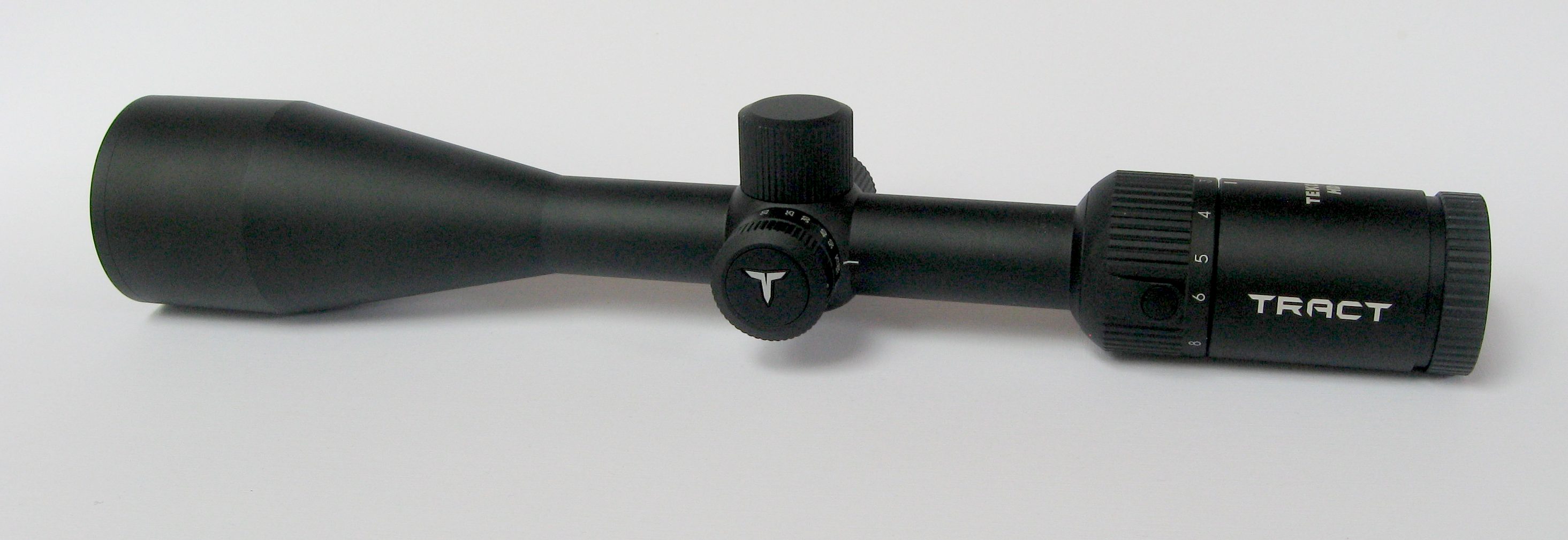
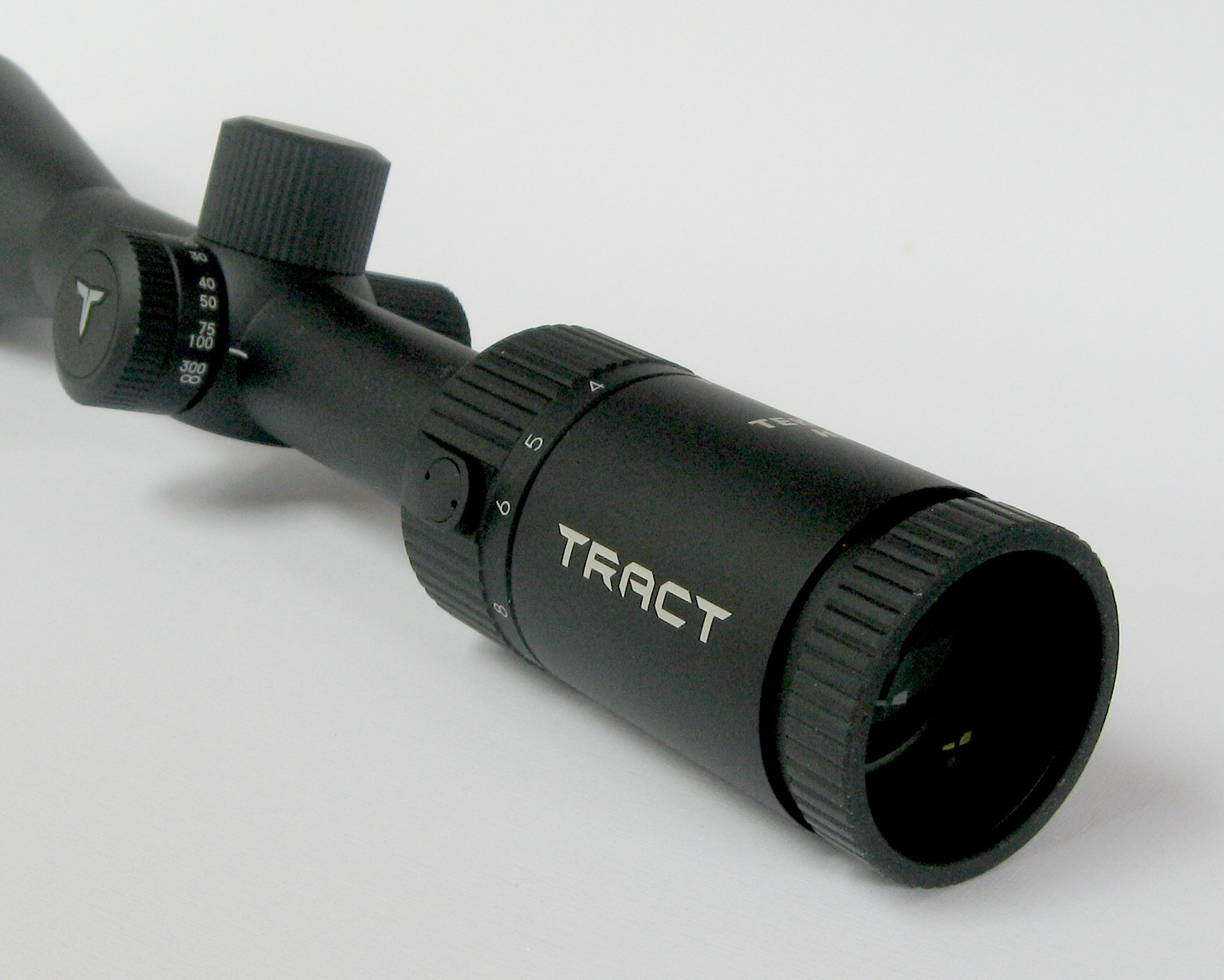
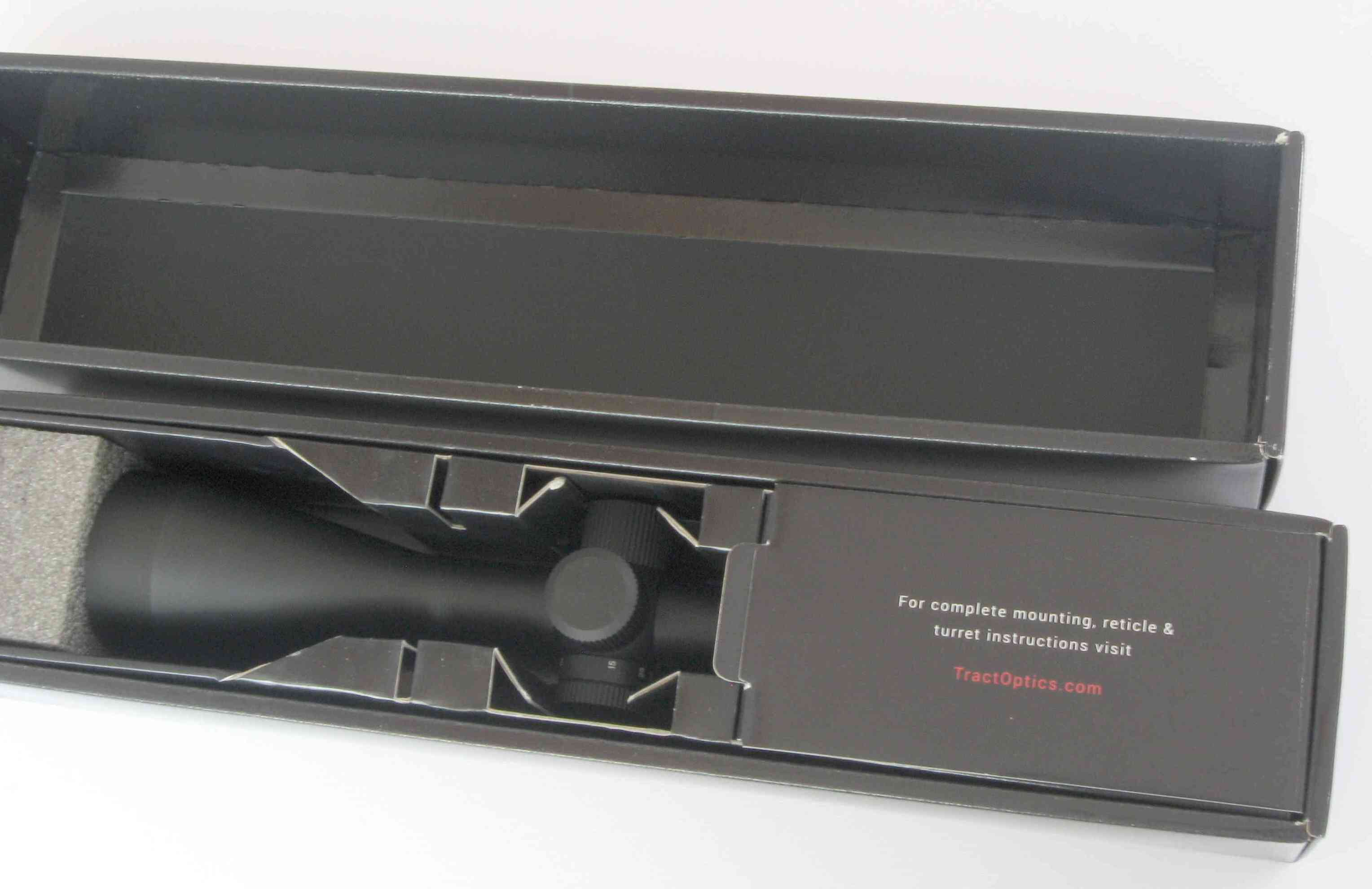

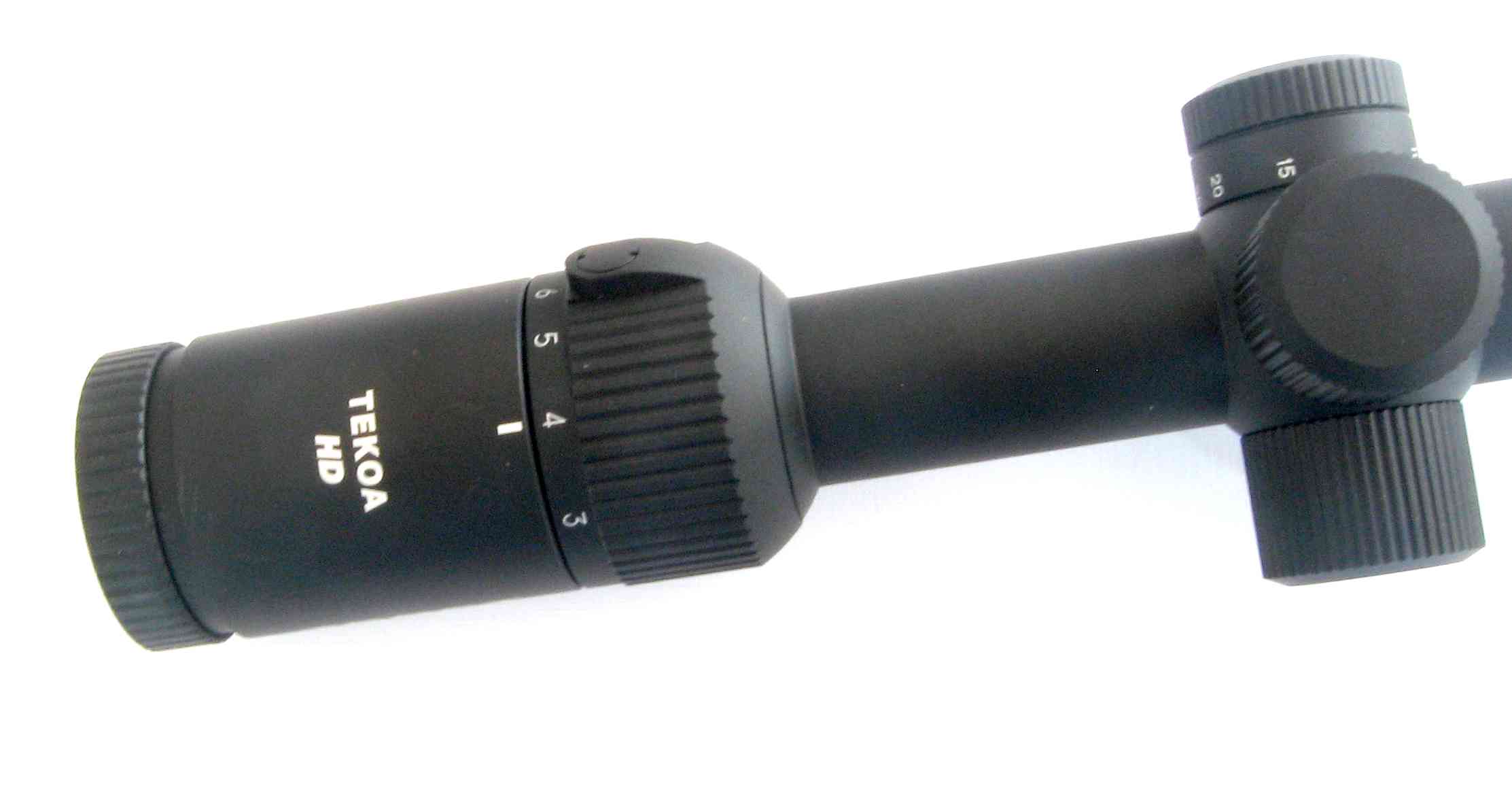
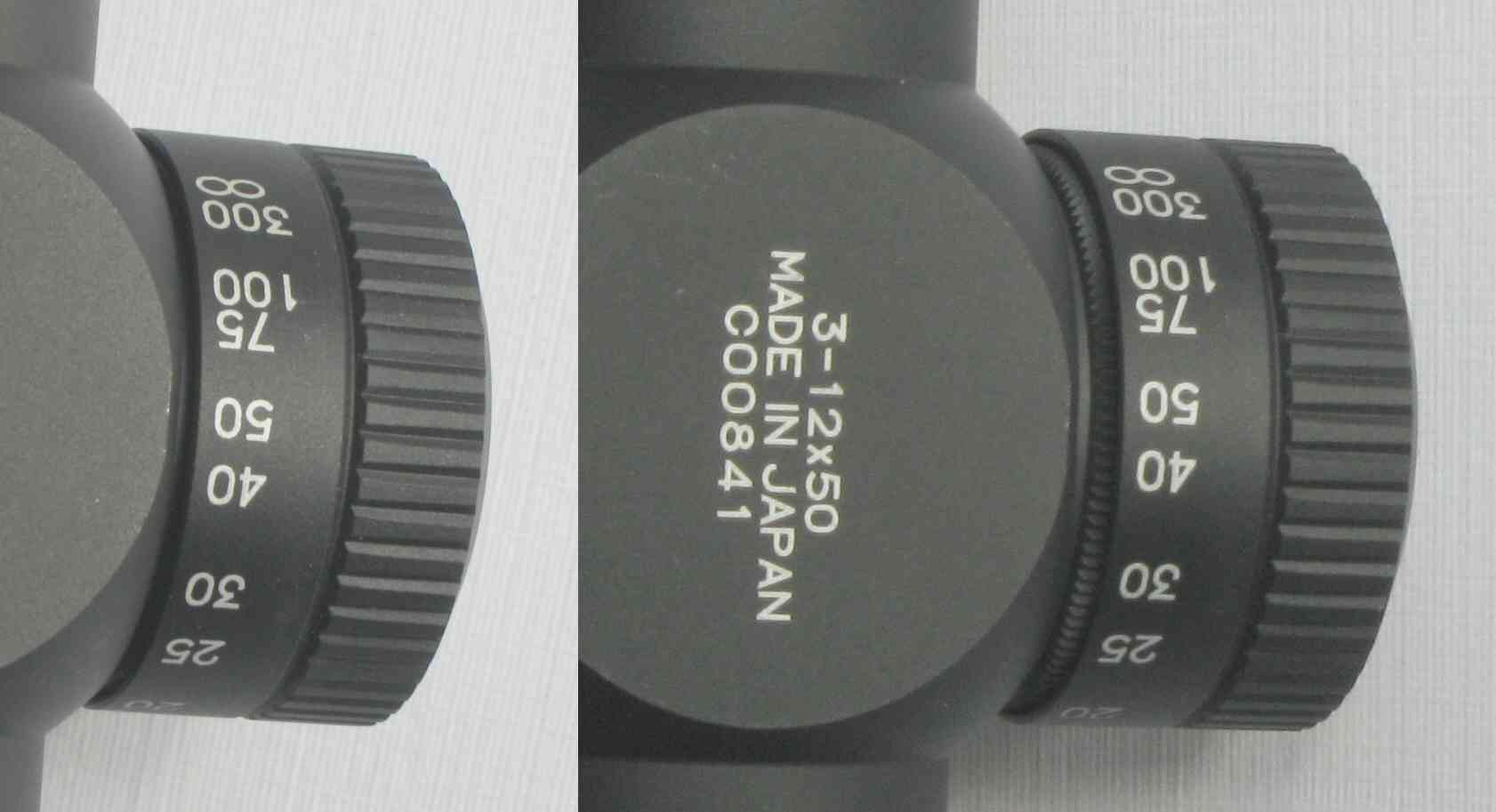
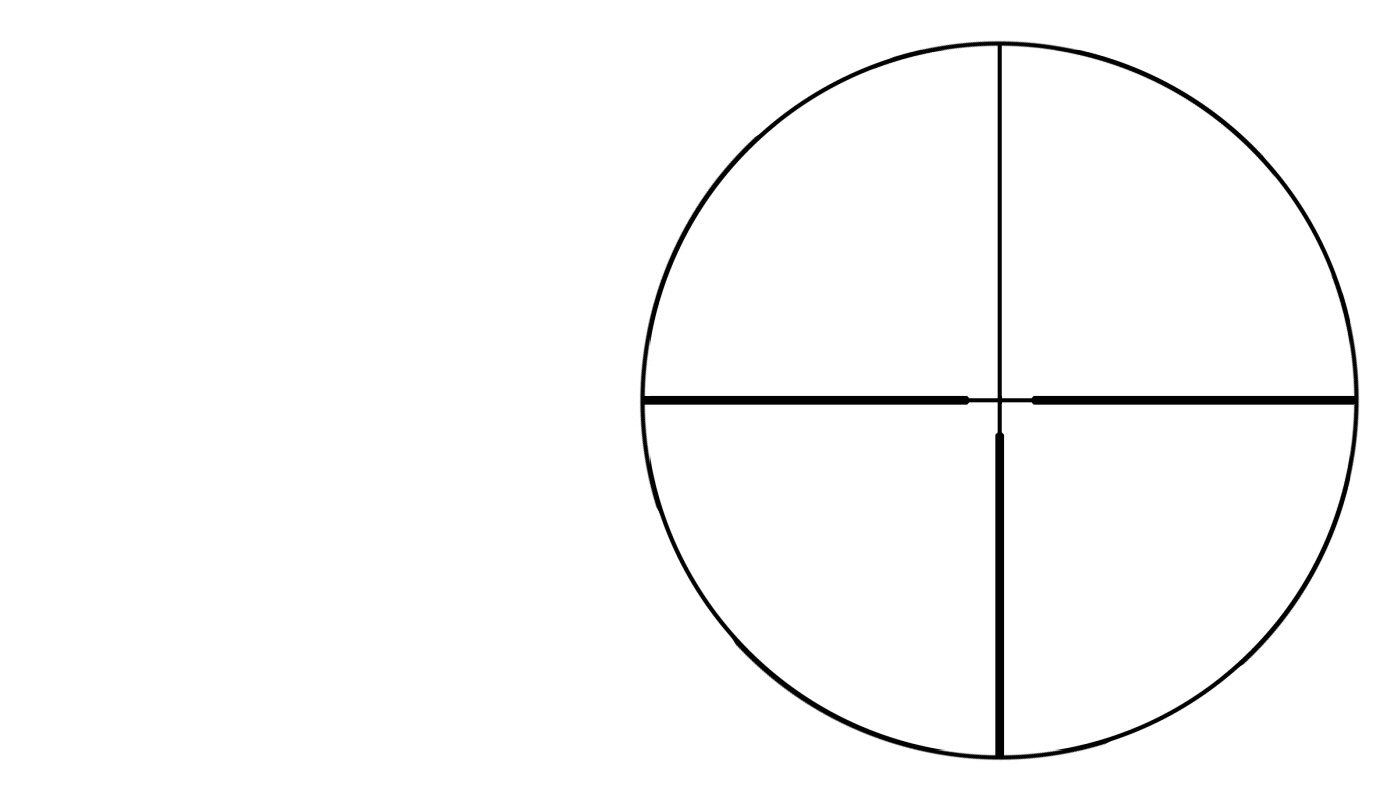
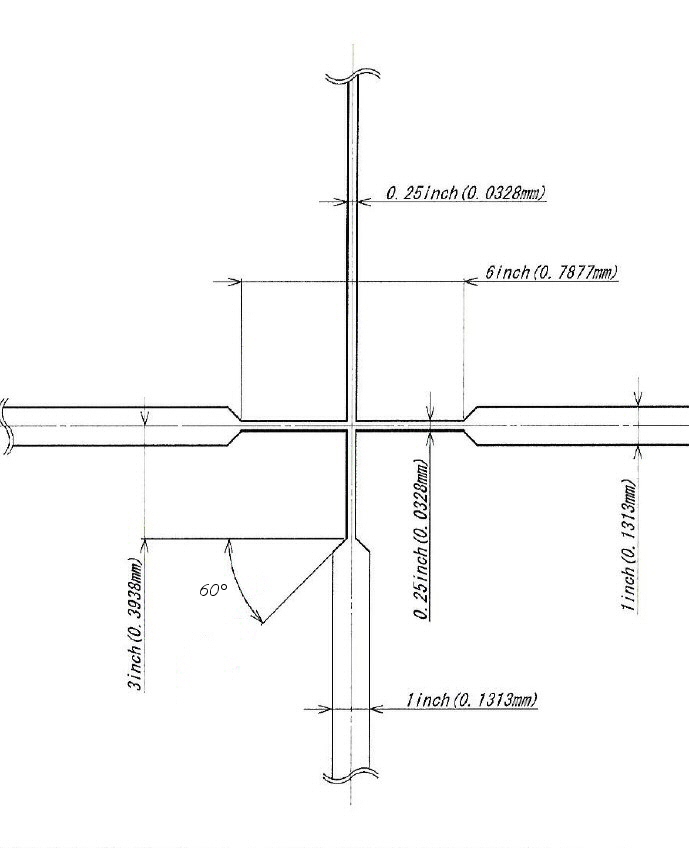
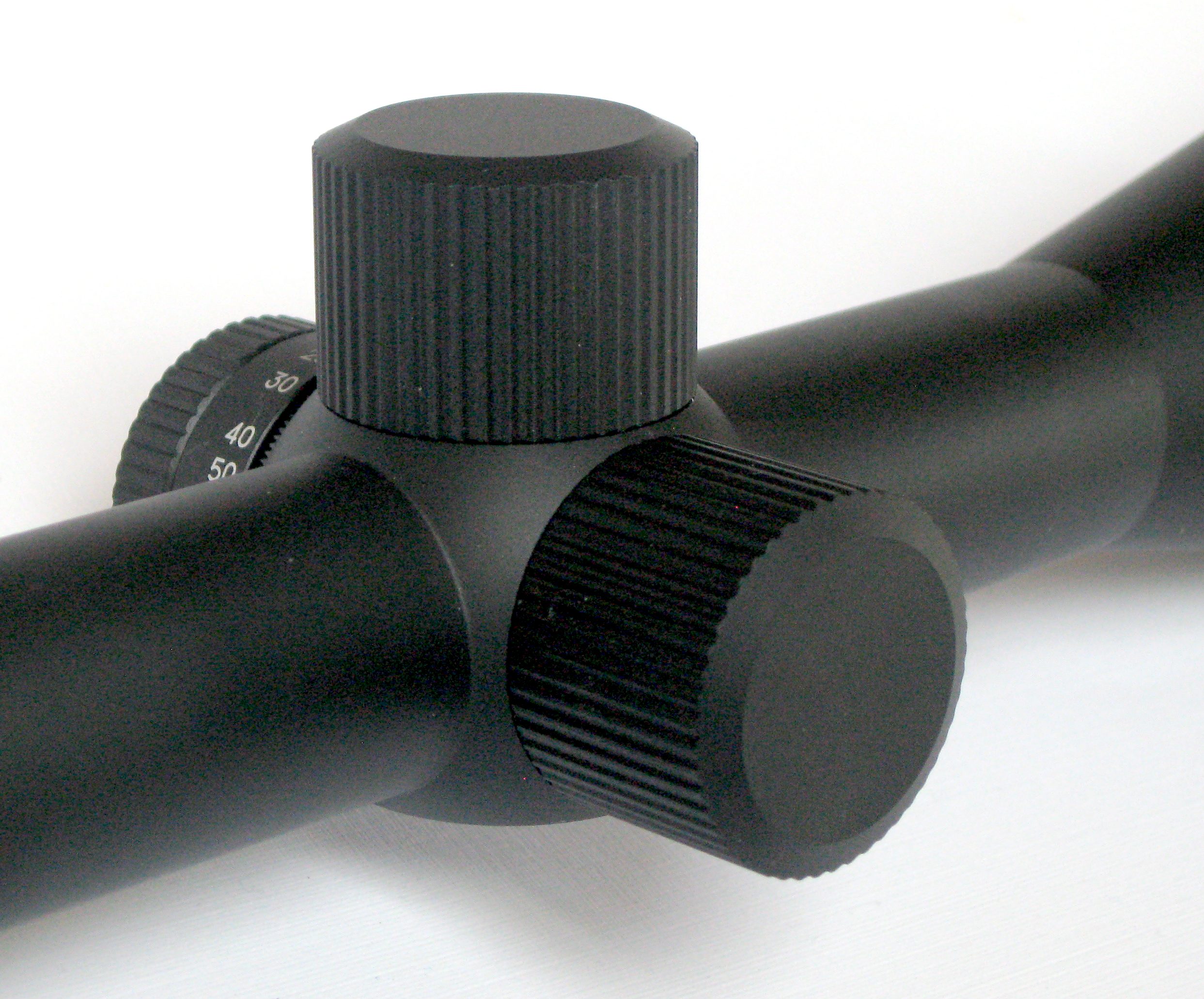
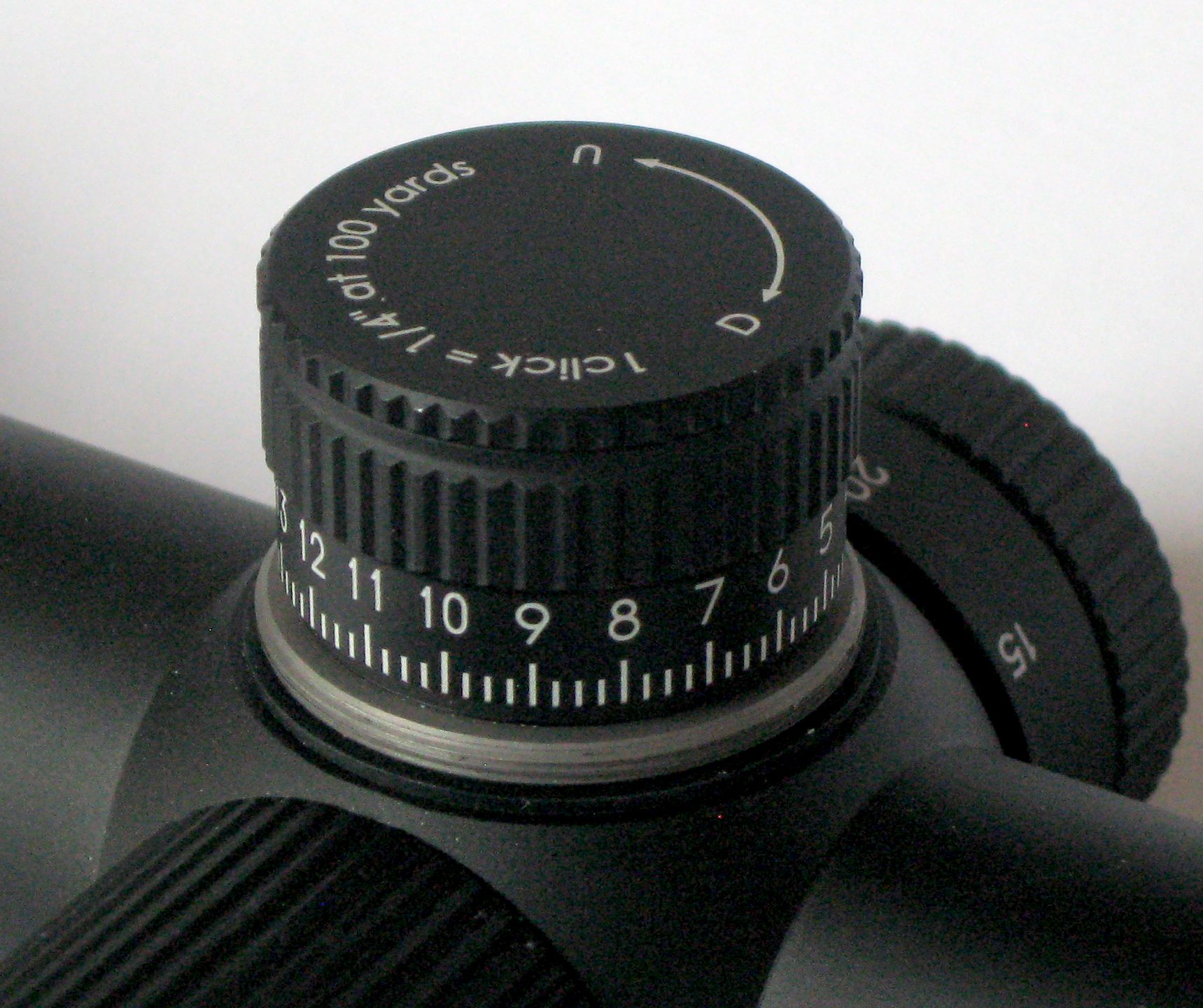
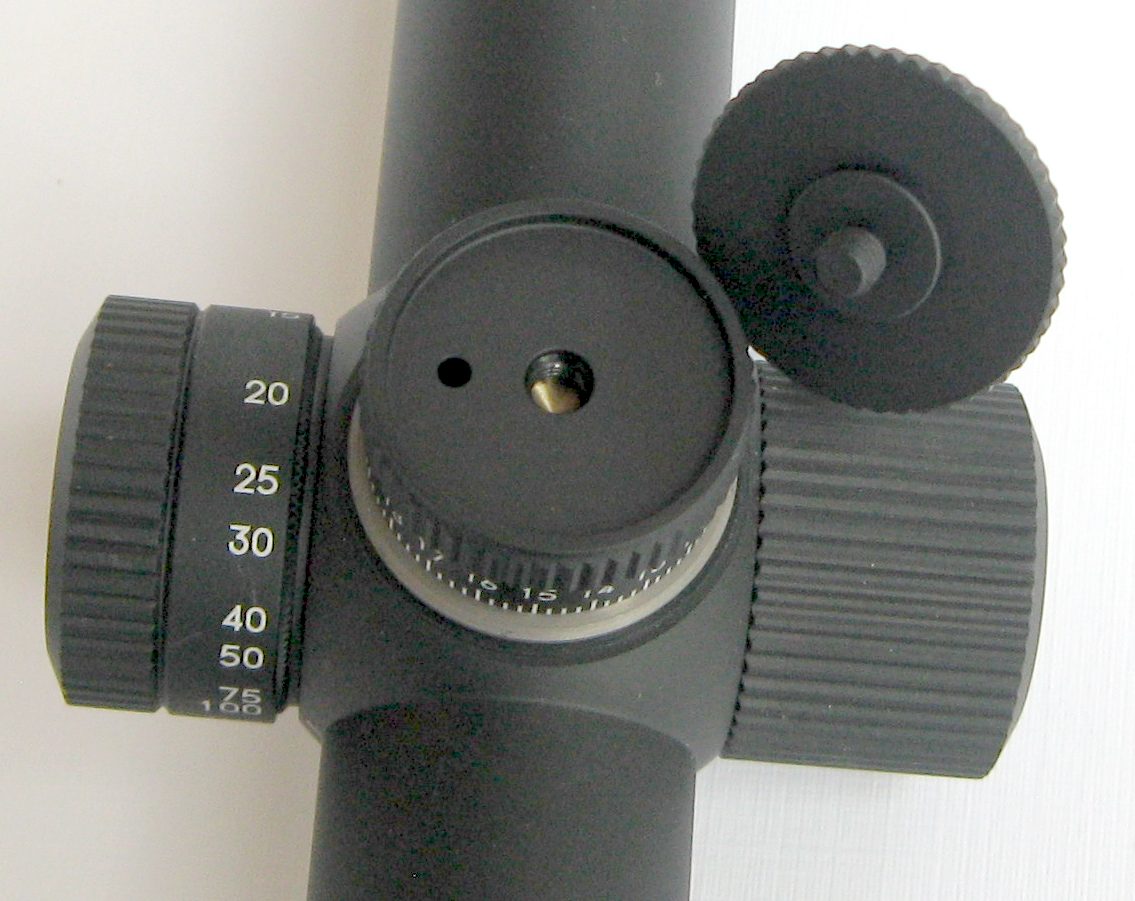
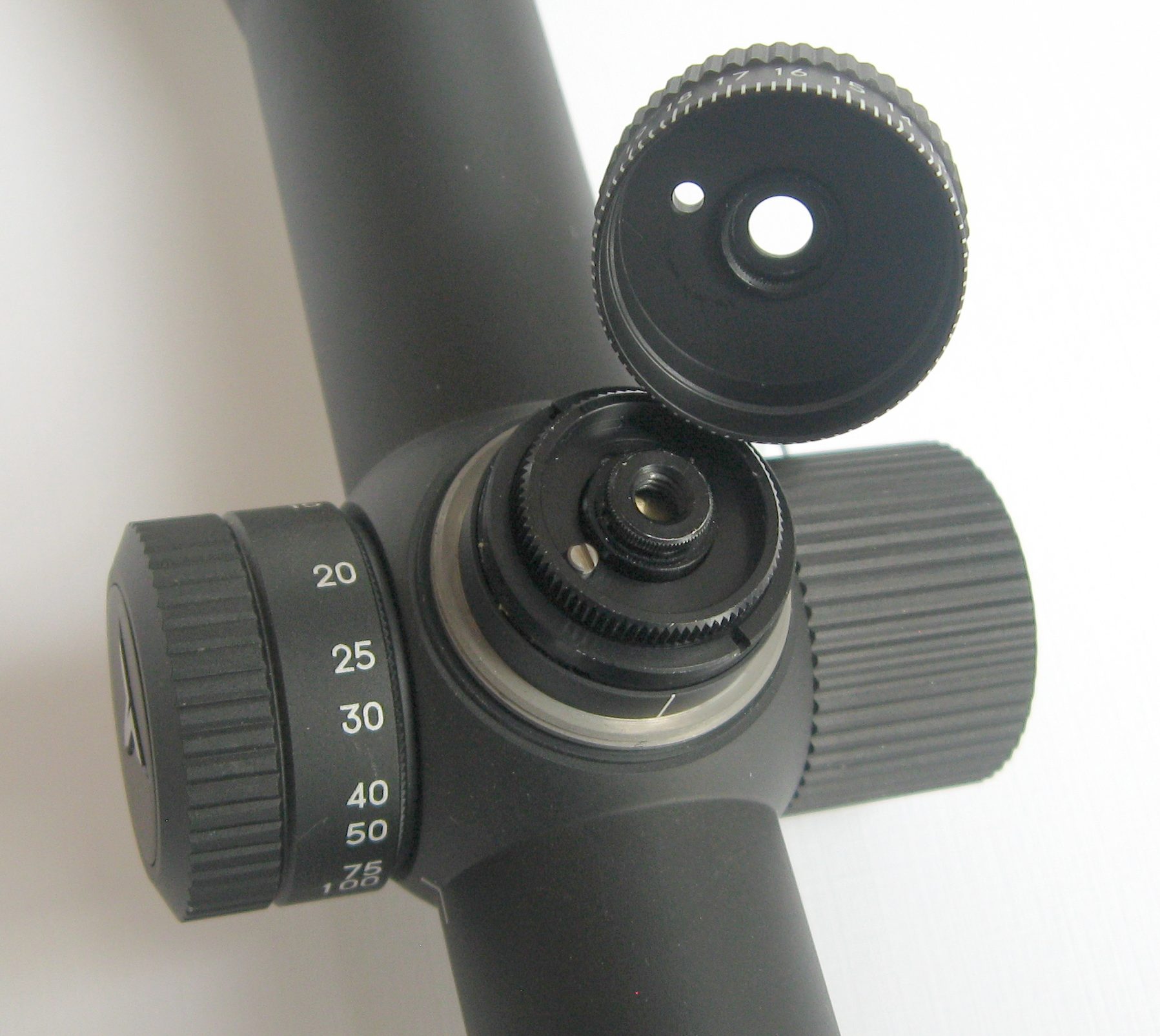
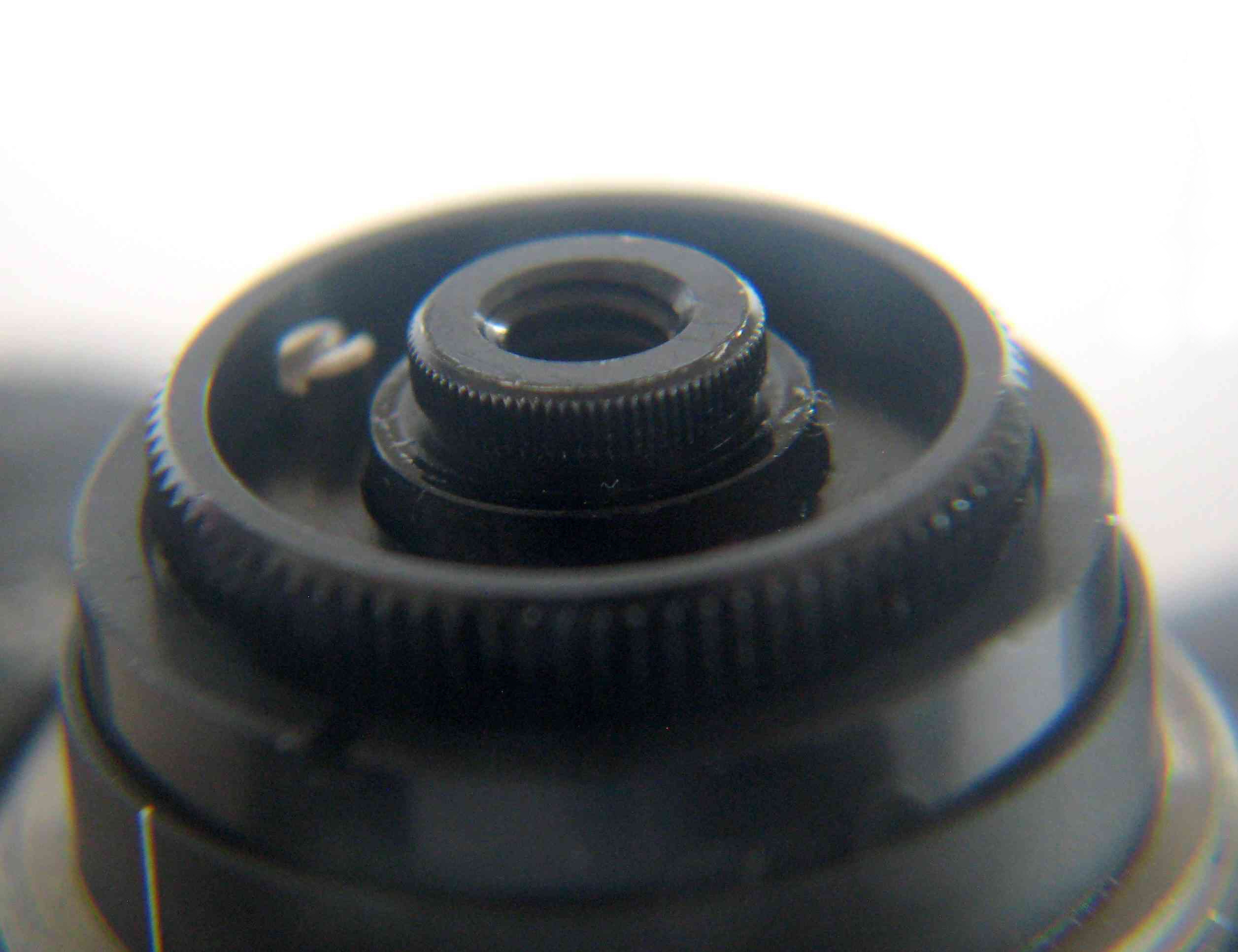
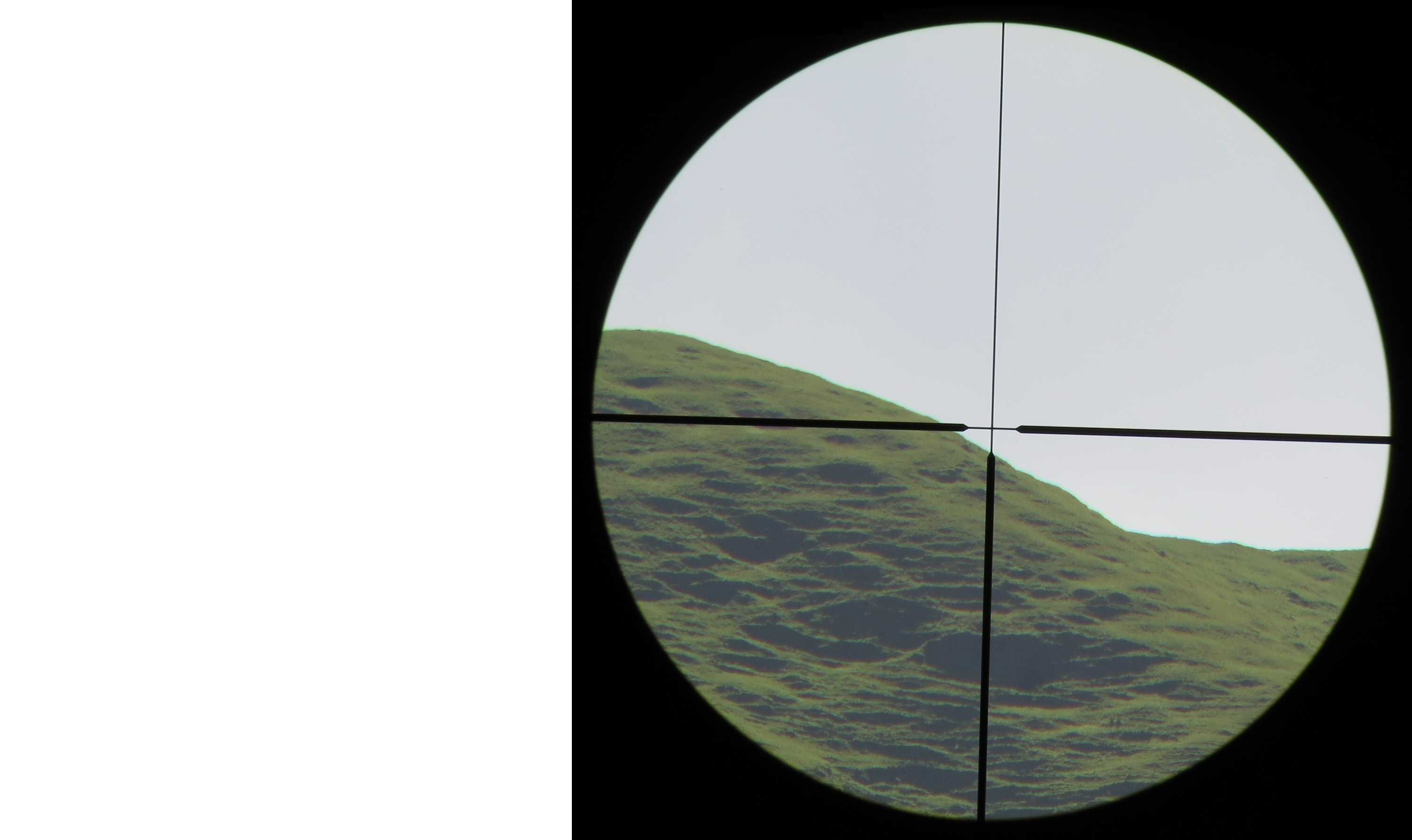
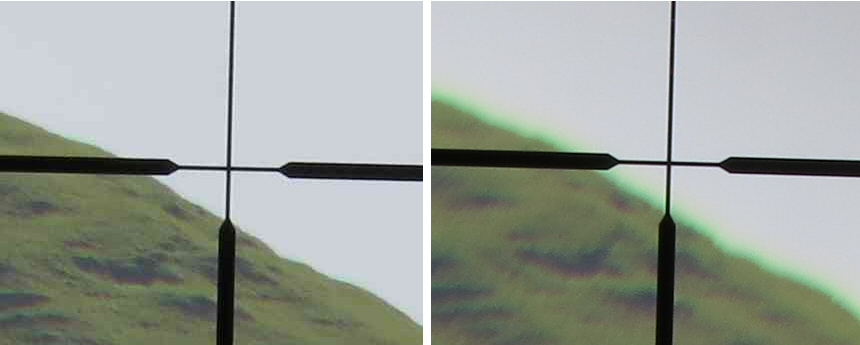




 Reply With Quote
Reply With Quote



Bookmarks